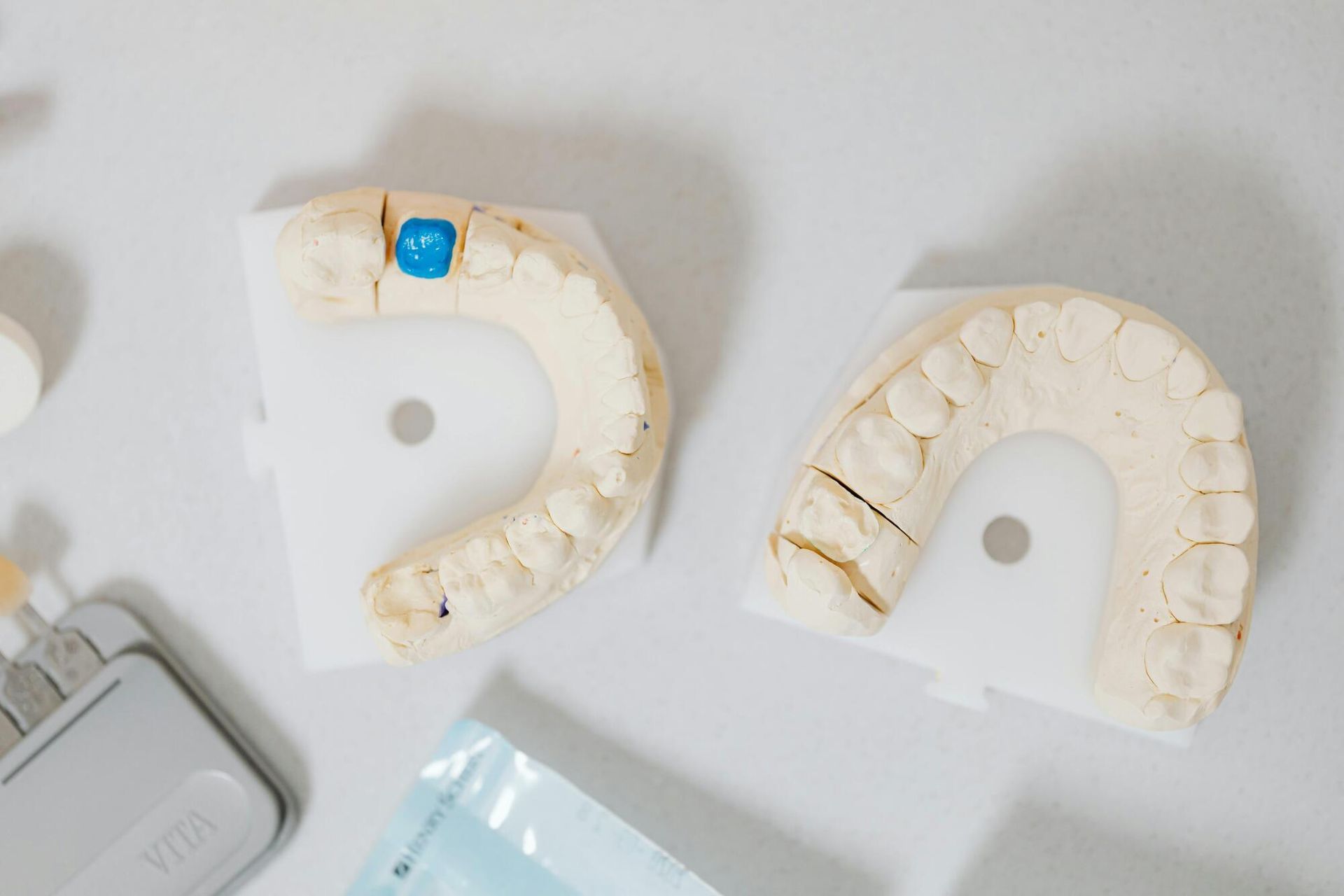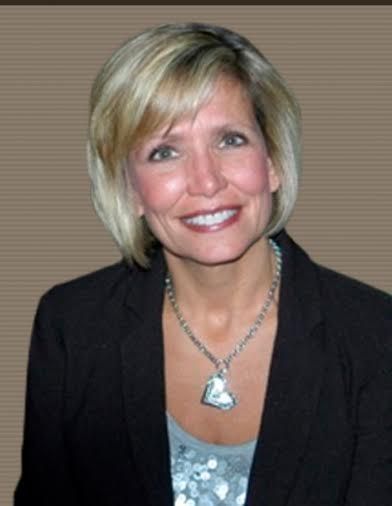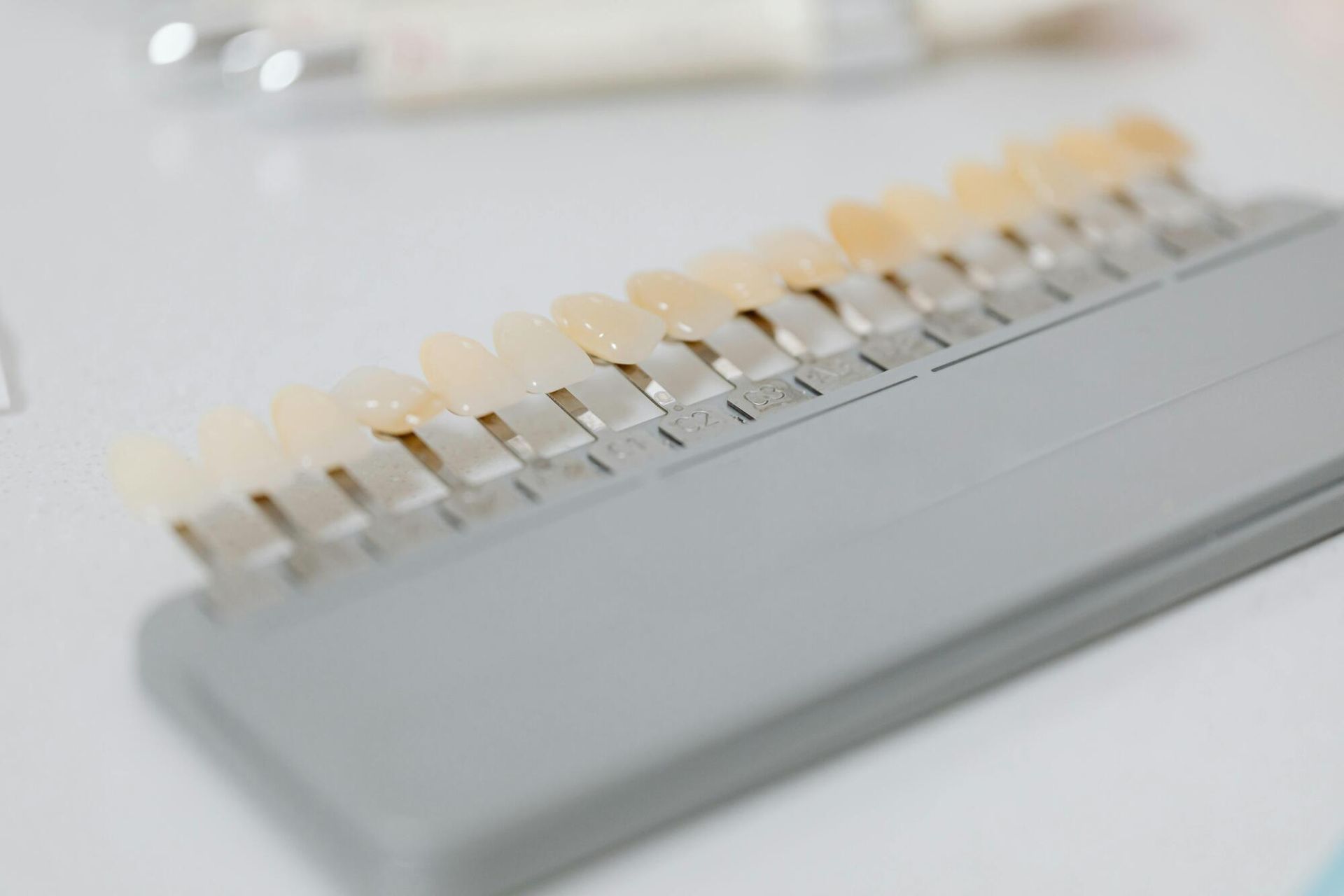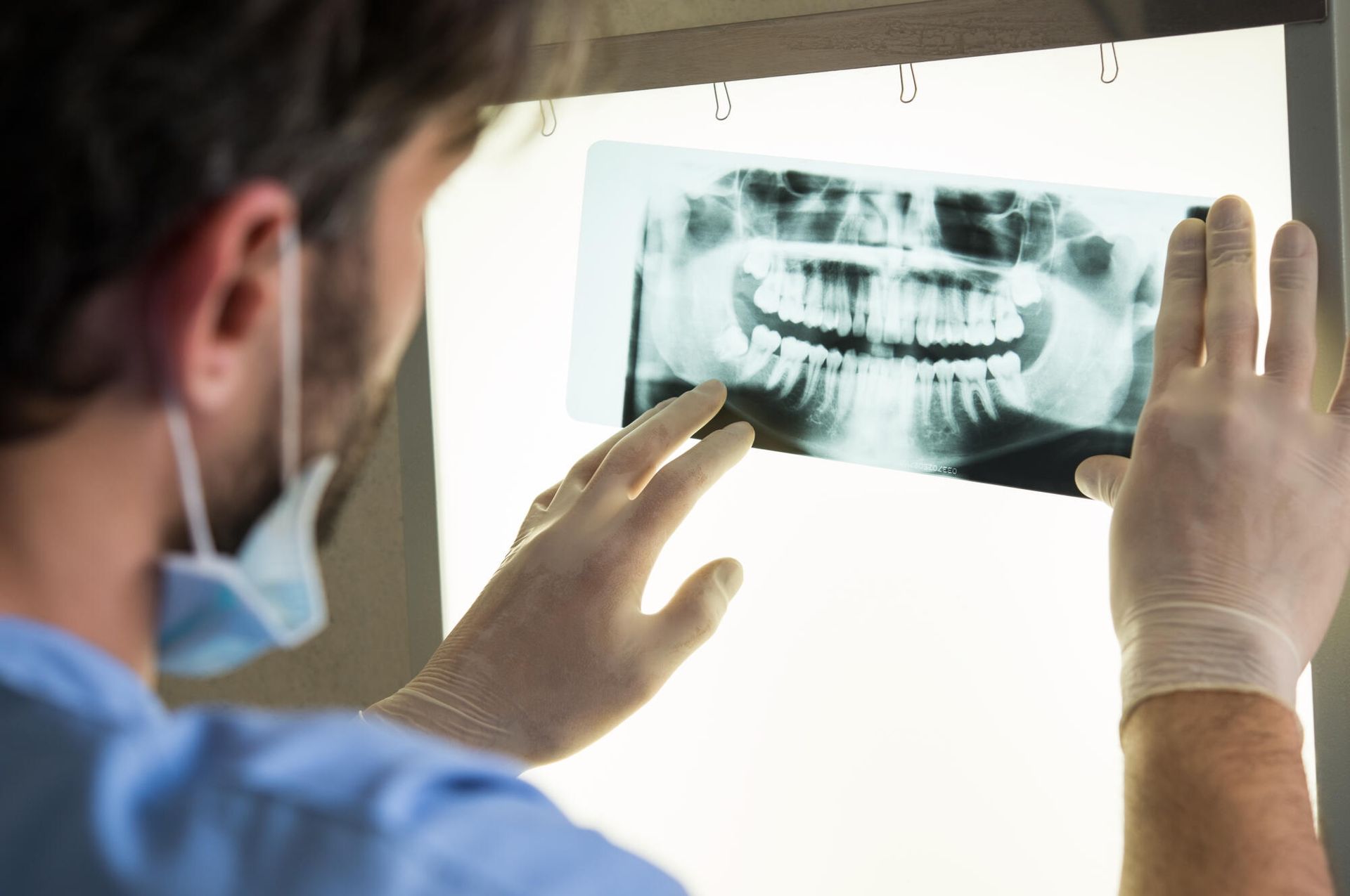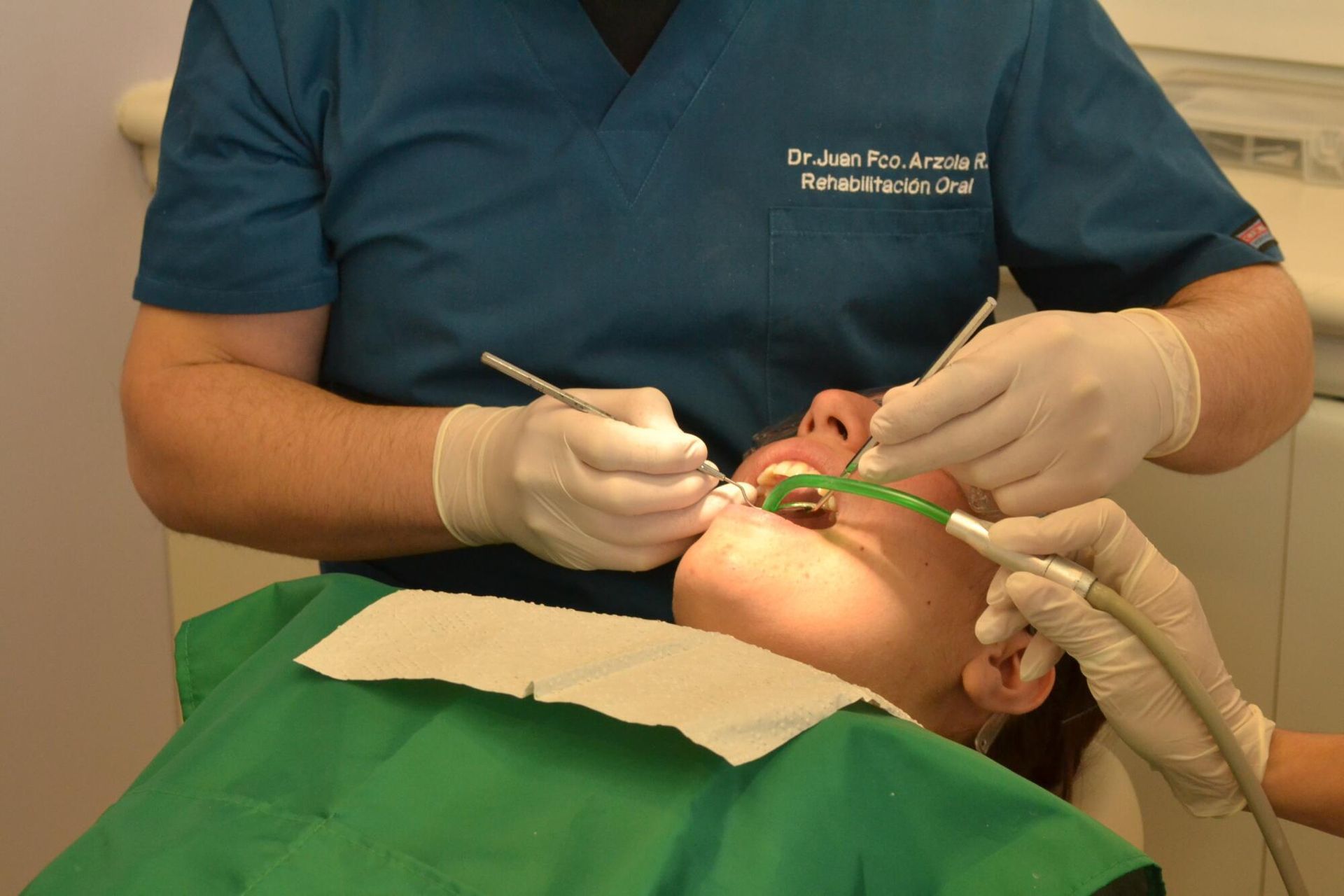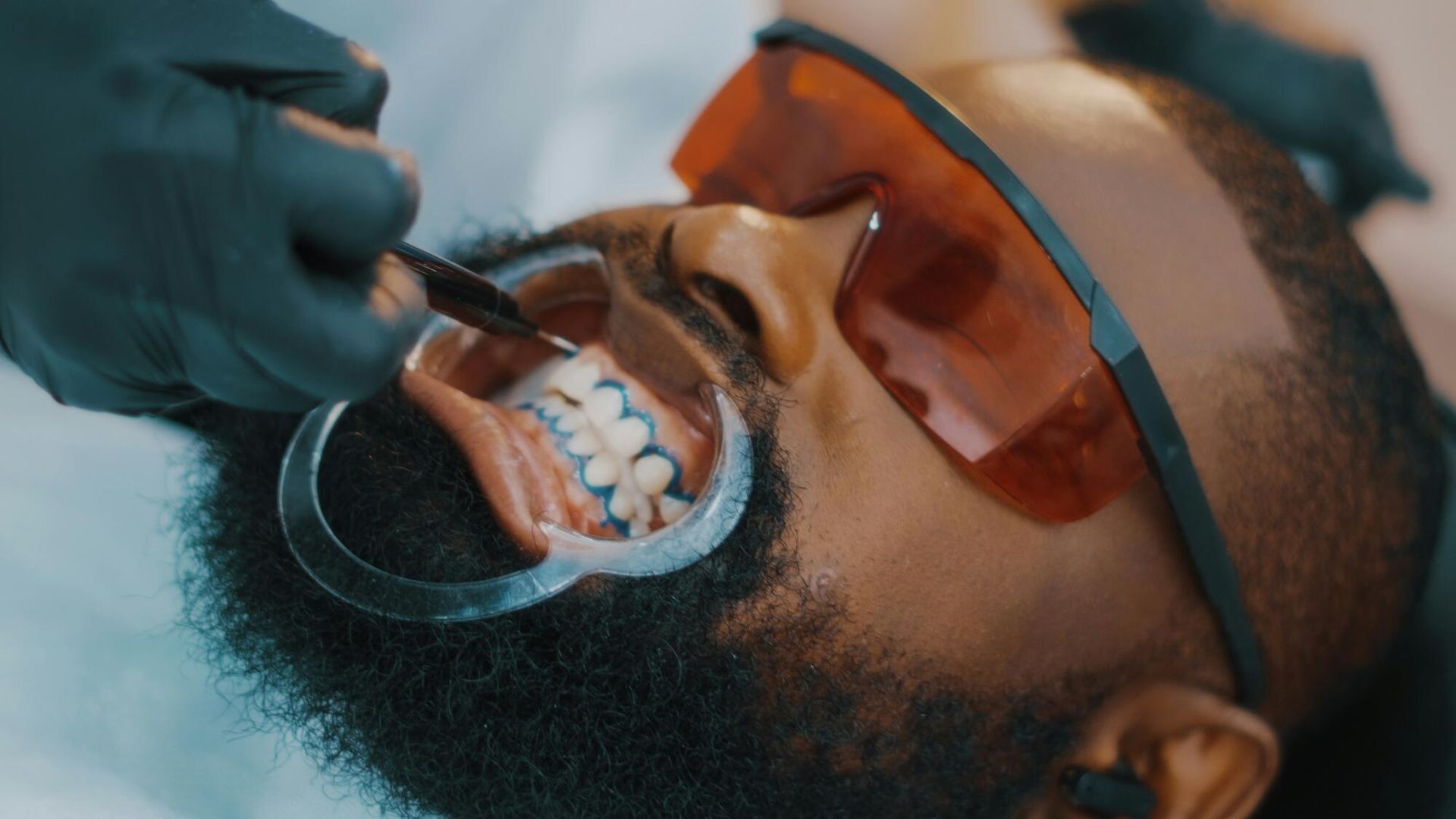What to Expect During a Root Canal Procedure
Did you know that in the United States in 2020, the number of practicing dentists was 201,117? This means that, for every 100,000 people in the United States, there were 61 dentists.
If you're thinking of going to one of these many dentists for a root canal procedure, you might be feeling anxious. Root canals can be scary, especially if you haven't had one before.
Fortunately, in this article, we'll review what a root canal is and what you should expect during the procedure. Finally, you can get your root canal procedure without fear and have a healthy smile again. Read on to learn more.
What Is a Root Canal?
When you get a root canal, you're getting a dental procedure that has the aim of fixing a particular tooth that can't be filled (or restored in some other way). Usually, a root canal treatment is the only option for saving the tooth in three dental situations.
One of these situations is when you have a tooth that's severely decayed into its nerve.
Another situation is when the tooth is abscessed. Finally, if you're experiencing both of these problems together, this situation also merits a root canal to save the tooth.
A regular dentist might carry out the root canal procedure. They might also send you to another doctor, an endodontist, to carry it out.
What to Expect During Root Canals
If you're wondering, "What is my root canal going to be like?" we'll review that now. The procedure has several steps, with the first being the dentist taking an x-ray. By doing this, they'll be able to see the root canals' shape.
This, in turn, will help them see whether a surrounding bone has any infection signs. Next, with local anesthesia, they'll numb an area. This will be the area that's close to the tooth.
Note that you might not need to have the anesthesia. However, considering that patients can be anxious about root canal pain or have other worries, dentists do this so they'll feel more relaxed.
Next, the dentist will put a rubber dam around the tooth. This is a sheet of rubber. This is so the area will be free of saliva and dry during the procedure.
After this, the dentist will drill into the tooth to create an access hole. Then, they'll remove decayed nerve tissue, bacteria, and pulp from the tooth. When cleaning out the area, they'll use a variety of files for root canals in a series.
As they do this, they'll work down the tooth's full length. This is so they can scrub and scrape the root canals' sides.
After this, they'll spray sodium hypochlorite or water in the area. This is to flush debris away.
Next Steps
Once the tooth's been cleaned thoroughly, the dentist will seal it, but, this said, some dentists prefer waiting a week before they seal the tooth. For example, if an infection ends up occurring, your dentist might put medication within the tooth so the infection clears.
Other dentists, however, might decide to seal the tooth on the same day they cleaned it out.
Note that, if the sealing process and root canal don't occur on the same day, your dentist will place a temporary filling in the tooth's exterior hole, to keep out, between appointments, food, and saliva.
At this following appointment, the dentist will fill the tooth's interior. They'll do this with a mixture of two things that they'll place into your root canal.
One of these is sealer paste, and the other is a rubber compound, gutta-percha. Then, close to the hole for access that they made at the treatment's beginning, they'll put a filling in.
The final step of the root canal might involve restoring the tooth more. Often, a tooth that requires a root canal has extensive decay, a large filling, or other weaknesses.
For this reason, you might need a crown and post, a crown, or another restoration type, which would occur with the aims of preventing your tooth from breaking, protecting it, and restoring it so it functions fully.
If you need more dental work, your dentist will let you know.
What to Expect During Recovery
After you've undergone a root canal procedure, you'll experience numbness for a couple of hours in your mouth. Usually, people can return to school, work, or other types of activities. However, you might want to wait to eat until you aren't experiencing the numbness anymore.
Additionally, during the first few days that follow the completion of a root canal, your tooth might be sensitive; this would be because of tissue inflammation. This can occur often if there was an infection or pain before the procedure.
Fortunately, you can use pain medication you buy over the counter to deal with this pain.
Keep in mind that, before the procedure has been completed, you should try not to chew with the specific tooth. If you do this before a crown or permanent filling is in place, it could break.
Protecting your tooth will make the root canal cost worth it. Additionally, continue to practice healthy dental habits after the procedure, which include using an antiseptic mouthwash, brushing, and flossing.
Looking for a Dentist in Arlington, TX?
Now that you've learned what to expect during root canals, you might be looking for a dentist. In this case, you should look no further than Heather E. Martinson, DDS. She attended the University of Texas at Arlington and Southern University in Tennessee.
This was before she earned, at Loma Linda University School of Dentistry in Southern California, her Doctor of Dental Surgery.
She is also a member of the Texas Dental Association, American Dental Association, Academy of General Dentistry, Fort Worth Dental Society, and American Academy of Facial Esthetics.
To book an appointment, contact Heather E. Martinson now.
Dr. Heather E. Martinson
